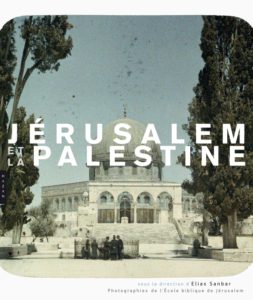 Le fr. Jean-Michel de Tarragon est en charge de la photothèque depuis de nombreuses années : le travail est colossal. Il est à l’École biblique depuis 1980, et fut membre et photographe de beaucoup d’expéditions archéologiques. Ce texte est tiré du livre Jérusalem et la Palestine, réalisé sous la direction d’Elias Sanbar, à partir du fonds photographique de l’École biblique, chez Hazan. En savoir plus sur notre photothèque.
Le fr. Jean-Michel de Tarragon est en charge de la photothèque depuis de nombreuses années : le travail est colossal. Il est à l’École biblique depuis 1980, et fut membre et photographe de beaucoup d’expéditions archéologiques. Ce texte est tiré du livre Jérusalem et la Palestine, réalisé sous la direction d’Elias Sanbar, à partir du fonds photographique de l’École biblique, chez Hazan. En savoir plus sur notre photothèque.
Le fonds photographique ancien des dominicains de Jérusalem se trouve au Couvent Saint-Étienne, Protomartyr de Jérusalem, lequel abrite l’École biblique et archéologique française. Juridiquement, il appartient au couvent, donc à la communauté dominicaine, et ultimement, à l’ordre des Prêcheurs.
L’École biblique est un petit institut de recherche, fondé par le père M.-J. Lagrange en 1890 dans les locaux d’une propriété acquise huit ans plus tôt par un groupe de religieux français, à trois cents mètres au nord de la muraille de Jérusalem. Le modèle était à l’époque l’École Pratique des Hautes études de la Sorbonne, d’où lpremier nom de l’institut, École pratique d’études bibliques. Selon l’intuition de son fondateur, l’aspect pratique de la recherche est mis en avant : il s’agit d’étudier la Bible en son contexte, sur place, pour tenir compte de tout l’environnement oriental. Dans le programme annuel des études, la jeune École inclut la découverte des pays de la Bible par le moyen d’excursions régulières, regroupant les étudiants et quelques professeurs. La visite systématique du “terrain” commence bien sûr par la ville même de Jérusalem soigneusement examinée année après année puis de tout le pays biblique, en cercles concentriques.

Le père Séjourné lors d’une excursion © École biblique
À l’époque de la fondation, les frontières n’étant pas aussi contraignantes qu’elles le sont devenues, la “caravane biblique” – ainsi la surnommait-on -, se rendait à cheval ou à dos de chameau en Transjordanie, dans le Hauran, dans les environs de Damas, à Palmyre ou vers le sud, au Naqab, et jusqu’au Sinaï. Ces excursions tenaient lieu de cours. Les professeurs dominicains initiaient les étudiants à la pratique de l’épigraphie, de l’archéologie, de la géographie historique, voire de la géologie. La caravane jubilait lorsqu’elle découvrait par hasard un milliaire romain inédit, une stèle qu’un fella venait montrer, un tombeau au flanc d’une falaise, un fragment de mosaïque : c’était l’occasion de faire, dans l’enthousiasme, des estampages, de dessiner, mesurer, calquer, décrire succinctement – et bien sûr, photographier.
C’est dans ce contexte précis que la pratique photographique de l’École biblique s’est développée. Si elle est restée celle d’autodidactes pour ce qui est de la technique, elle fut, pour les thématiques abordées, celle de professeurs chevronnés, bien au fait de leurs disciplines respectives. Cela donne une coloration toute particulière à ces photographies prises par ou pour des “savants”, et non, comme cela se faisait tant à l’époque, pour l’illustration plus ou moins « romantique » des thèmes de l’Histoire sainte.
Les photographies ont été faites pour témoigner de la découverte de tel ou tel objet, de l’étude en cours, de la véracité d’un déchiffrement épigraphique, etc. Dans une perspective un peu positiviste, la photo est alors perçue comme une preuve objective complétant le relevé, le dessin. Elle est mise au même niveau que l’estampage, autre preuve indubitable. Certes la dimension artistique apparaît dans ces œuvres, mais comme involontairement : la qualité du regard du religieux photographe, sa culture générale (y compris iconographique), sa sensibilité, y sont pour beaucoup.
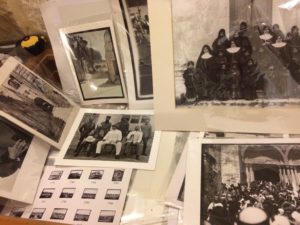
La photothèque dans le Couvent Saint-Étienne © École biblique
La clef d’interprétation de la collection est à trouver du côté des publications, effectives ou envisagées. Les photographies sont l’illustration des recherches des dominicains, lesquelles se transmettaient dans des monographies ou dans les articles du périodique scientifique de la maison, la Revue biblique fondée dès 1892, deux ans après le lancement si modeste et si périlleux de l’École elle-même. Les articles sont illustrés de photographies et d’estampages, et aussi, bien sûr, de relevés, de dessins et de croquis, réalisés par les auteurs ou délégués par ceux-ci au plus doué, surtout le père Hugues Vincent. Une belle répartition des tâches se met tout de suite en place, selon les capacités et les goûts des religieux. L’École biblique était animée d’un joyeux esprit d’équipe, sur le terrain comme à la maison. Le père Vincent fait les relevés, les croquis, les dessins, les coupes stratigraphiques ; il se charge aussi souvent des estampages, bien que tous sachent estamper. Paul-Marie Séjourné, puis Bernard Carrière, Antonin Jaussen et Raphaël Savignac, notamment, photographient, avec en parallèle à Savignac vieillissant, Raphaël Tonneau puis, à partir de 1935-1936, Pierre Benoit, et Roland de Vaux.
Les pères dominicains ne signaient guère leurs photos et ne les dataient pas plus puisqu’elles n’étaient destinées qu’aux publications en cours. D’où le casse-tête de l’archiviste aujourd’hui !
 Le fr. Jean-Michel de Tarragon est en charge de la photothèque depuis de nombreuses années : le travail est colossal. Il est à l’École biblique depuis 1980, et fut membre et photographe de beaucoup d’expéditions archéologiques. Ce texte est tiré du livre Jérusalem et la Palestine, réalisé sous la direction d’Elias Sanbar, à partir du fonds photographique de l’École biblique, chez Hazan. En savoir plus sur notre photothèque.
Le fr. Jean-Michel de Tarragon est en charge de la photothèque depuis de nombreuses années : le travail est colossal. Il est à l’École biblique depuis 1980, et fut membre et photographe de beaucoup d’expéditions archéologiques. Ce texte est tiré du livre Jérusalem et la Palestine, réalisé sous la direction d’Elias Sanbar, à partir du fonds photographique de l’École biblique, chez Hazan. En savoir plus sur notre photothèque. 


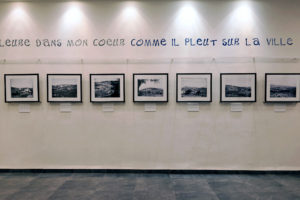
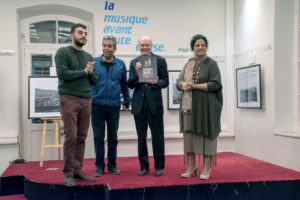
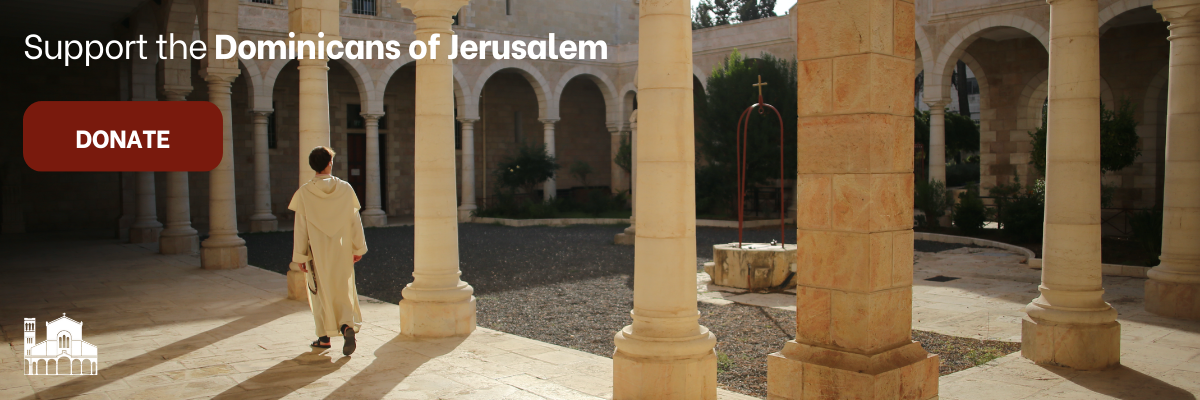
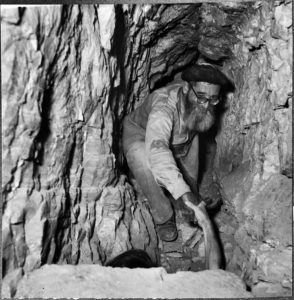
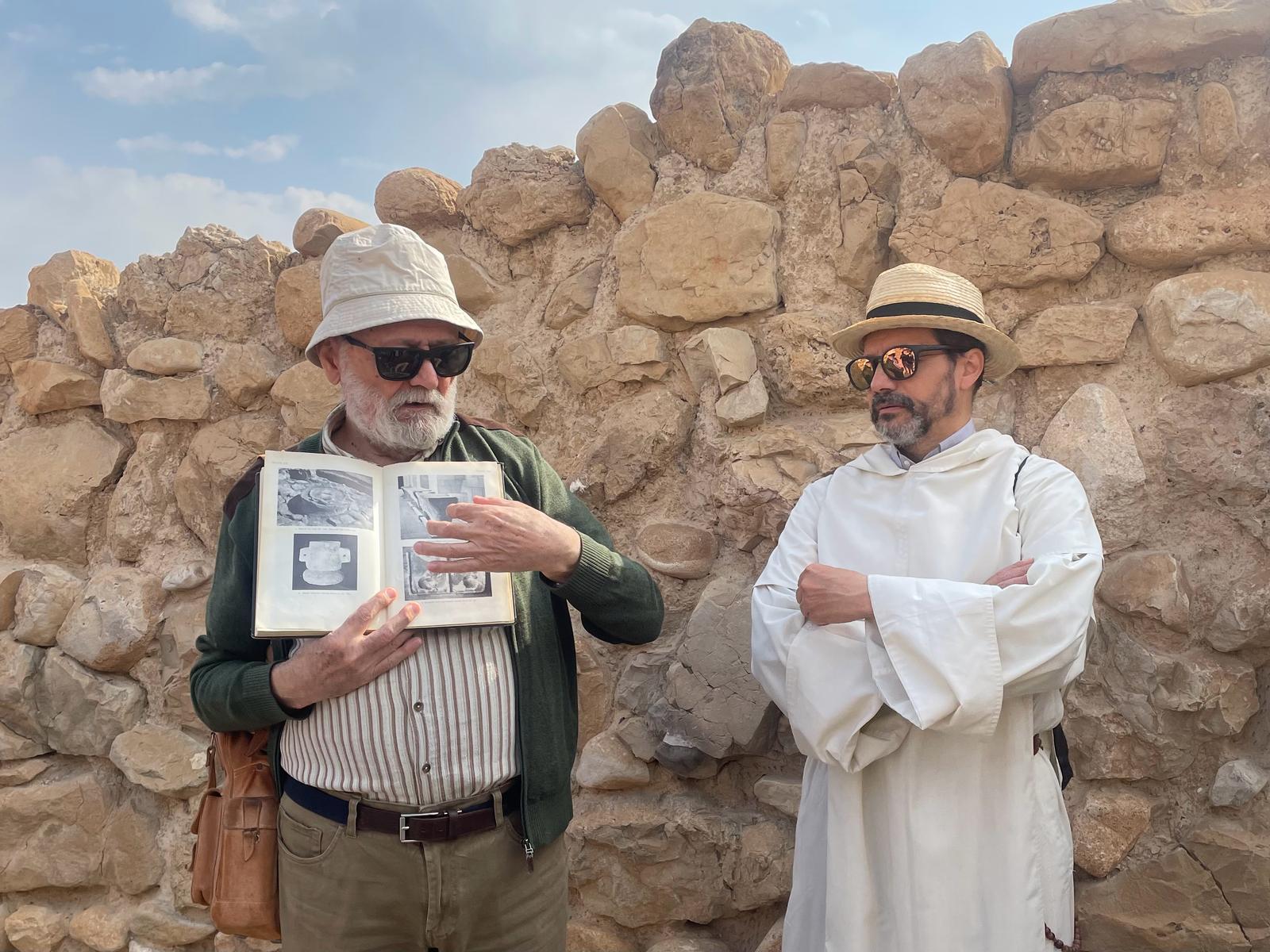
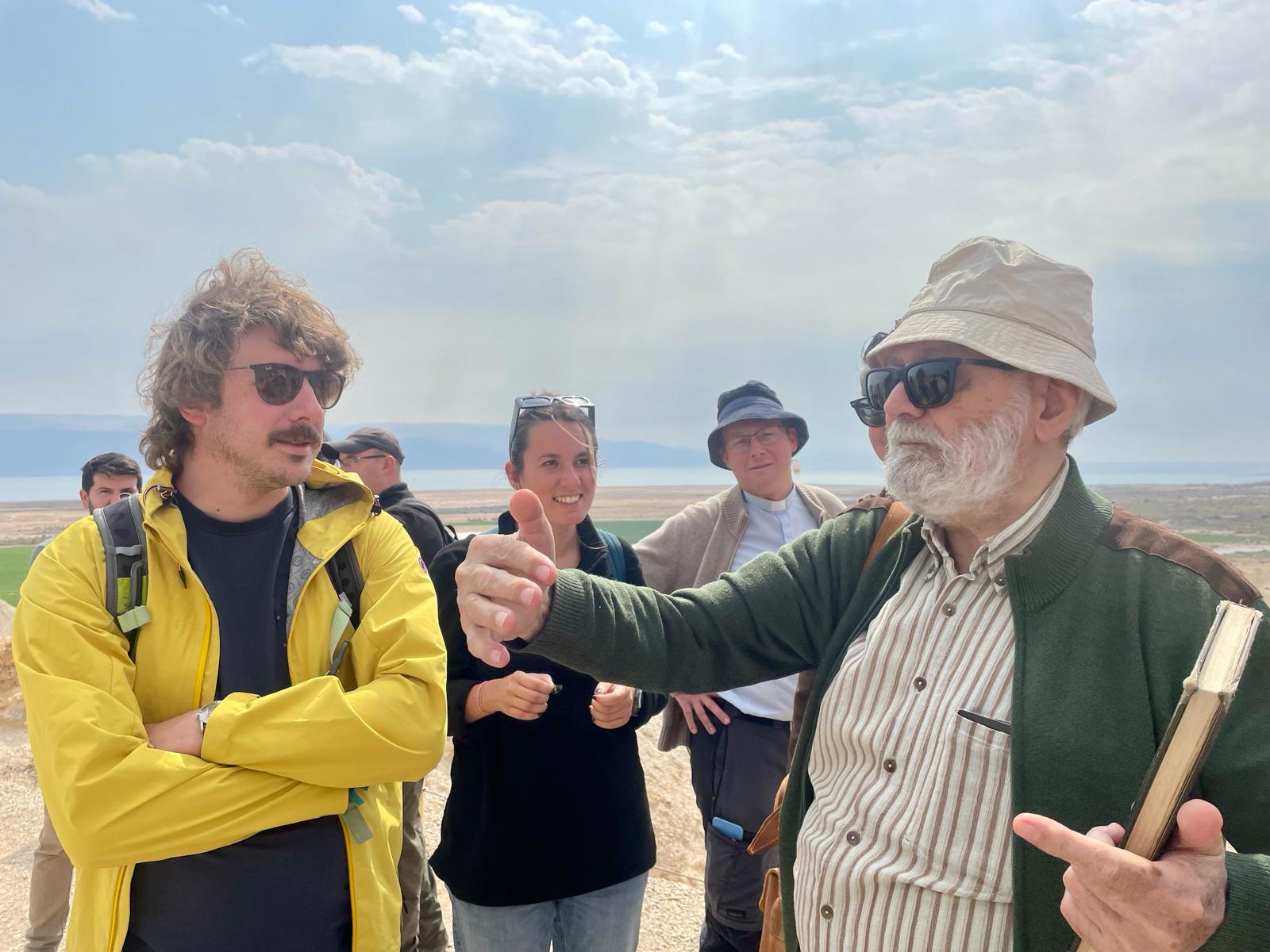
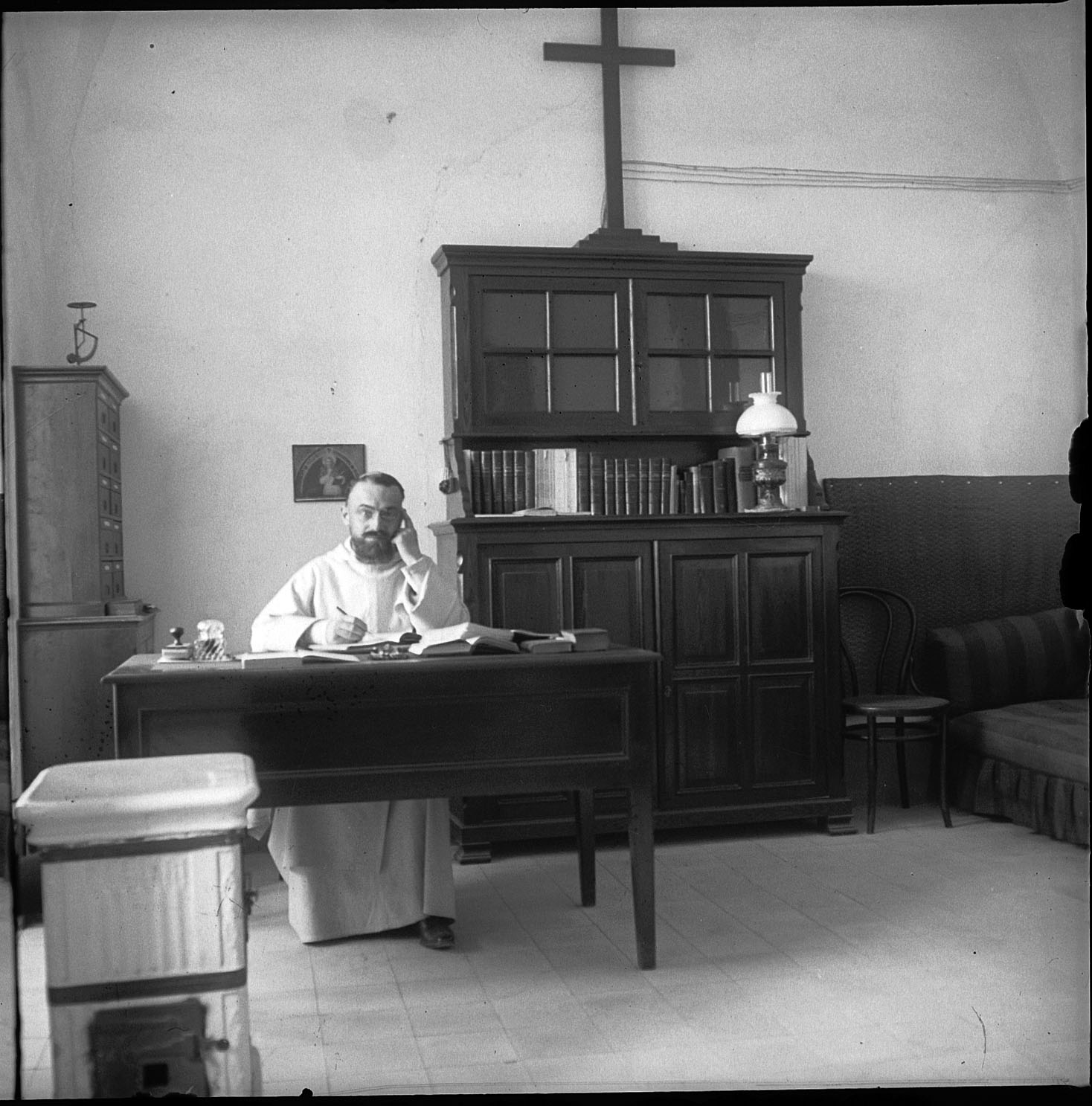
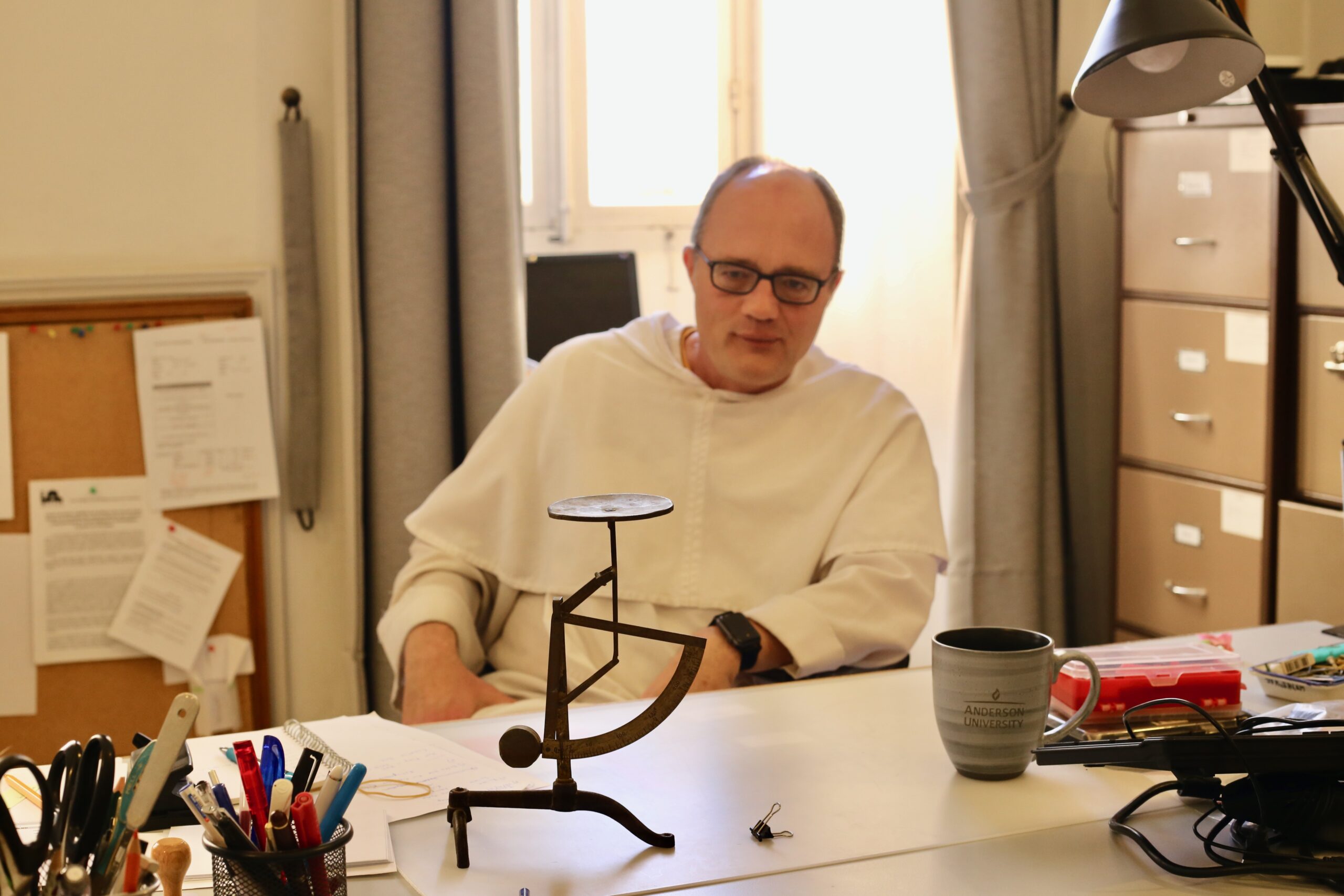
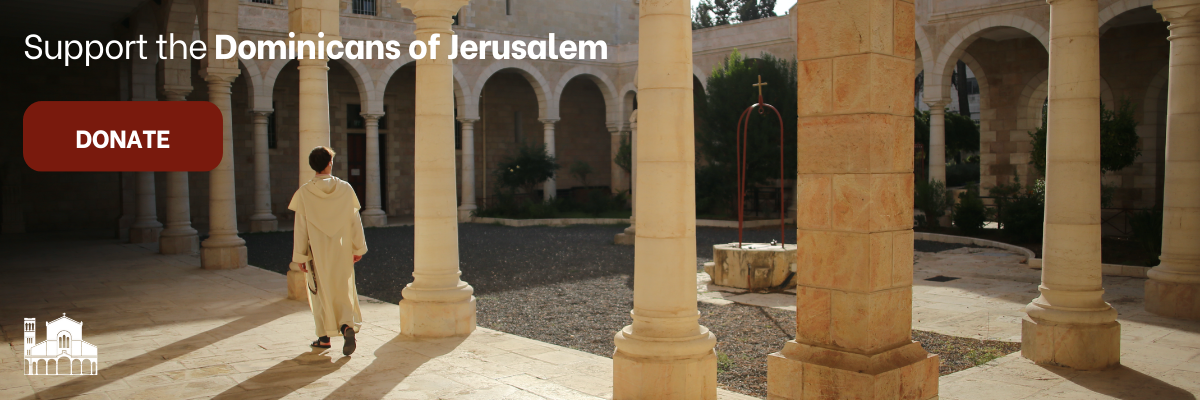
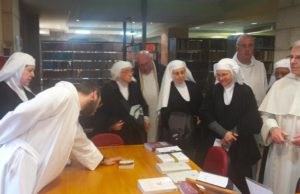 Jean-Jacques Pérennès, o.p. directeur de l’École, revient sur cette visite : « Des liens anciens et amicaux existent entre des dominicains de l’École biblique et les deux communautés. Le père De Vaux et Jean-Baptiste Humbert ont fouillé le site d’Abu Gosh. Aujourd’hui, nous nous rendons volontiers visite. Cette visite était exceptionnelle, puisque
Jean-Jacques Pérennès, o.p. directeur de l’École, revient sur cette visite : « Des liens anciens et amicaux existent entre des dominicains de l’École biblique et les deux communautés. Le père De Vaux et Jean-Baptiste Humbert ont fouillé le site d’Abu Gosh. Aujourd’hui, nous nous rendons volontiers visite. Cette visite était exceptionnelle, puisque 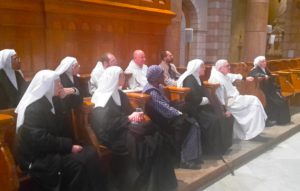 Ainsi toute la communauté est-elle venue en visite cette semaine, accueillie par le prieur, le directeur : visite de la photothèque, de la bibliothèque, de la basilique, et évidemment du musée et de ses multiples amphores. Puis leur journée s’est achevée par la conférence donnée par le frère Stéphane Milovitch, sur la vénération des Lieux Saints.
Ainsi toute la communauté est-elle venue en visite cette semaine, accueillie par le prieur, le directeur : visite de la photothèque, de la bibliothèque, de la basilique, et évidemment du musée et de ses multiples amphores. Puis leur journée s’est achevée par la conférence donnée par le frère Stéphane Milovitch, sur la vénération des Lieux Saints.